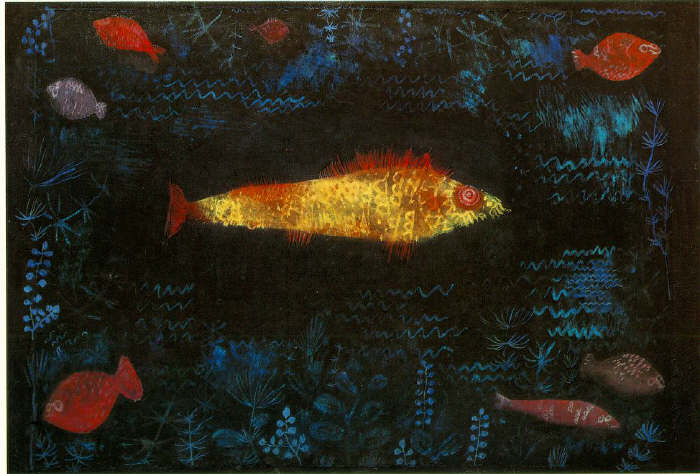Light has the quality to make even the inconsequential, transcendent.

Sometimes the way light reveals the intangible something that lurks behind the ordinary can make us stop in our tracks. But only the most evolved of artists can manage that superlative task--of bringing forth the hidden beauty in the things and people we see around us.
Some of the most brilliant and extraordinary paintings throughout history have come about due the way light has enriched them and made them come alive. Of course, there has been no one quite like Jan Vermeer the famous Dutch painter, who achieved a profound tranquility, a meditative stillness in his picures of everyday life. He is well known for his painting "Girl with a Pearl Earring". There is a very good film, that I would recommend, that tells the story of how he came to paint this simply exquisite picture and of his life. His paintings are the last word on the pure, translucent play of light. It is as though he has painted with his brush dipped into light itself--the glow comes from within and is not simply superimposed on the object of his attention! He was thus one who understood how light did not merely help us to see things--but when observed with care, could make them sing with an ethereal beauty.


Sometimes the way light reveals the intangible something that lurks behind the ordinary can make us stop in our tracks. But only the most evolved of artists can manage that superlative task--of bringing forth the hidden beauty in the things and people we see around us.
Some of the most brilliant and extraordinary paintings throughout history have come about due the way light has enriched them and made them come alive. Of course, there has been no one quite like Jan Vermeer the famous Dutch painter, who achieved a profound tranquility, a meditative stillness in his picures of everyday life. He is well known for his painting "Girl with a Pearl Earring". There is a very good film, that I would recommend, that tells the story of how he came to paint this simply exquisite picture and of his life. His paintings are the last word on the pure, translucent play of light. It is as though he has painted with his brush dipped into light itself--the glow comes from within and is not simply superimposed on the object of his attention! He was thus one who understood how light did not merely help us to see things--but when observed with care, could make them sing with an ethereal beauty.











